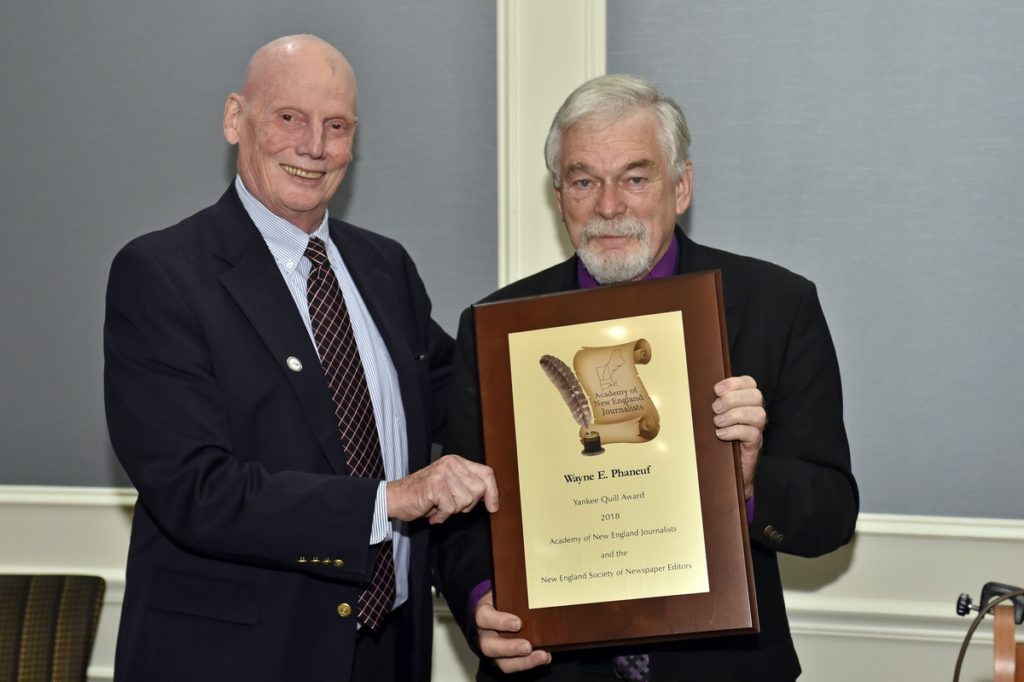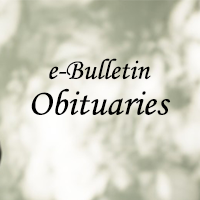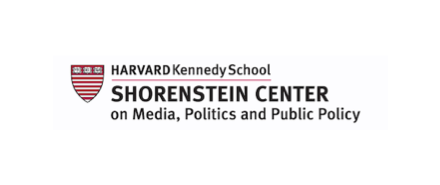Sentinel Editorial | Keene Sentinel | December 12, 2019
A bill in the N.H. House of Representatives’ Judiciary Committee seeks to undo — or un-see — news that has happened.
House Bill 1157, a proposed amendment to RSA 507, which governs legal actions and processes, wants to add a liability section forcing New Hampshire news media to “update, retract or correct” digital news stories about crimes in which the person charged is later found not guilty or charges dropped. The concern is obvious: Because the Internet and news websites keep almost everything and index content for searching, a story about charges brought against someone that is not also accompanied by an update reporting a non-guilty finding leaves the individual impacted in all manner of ways, from personal relationships to employment.
Read more








